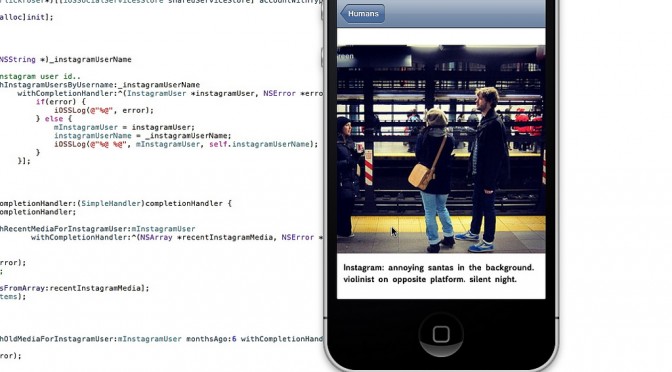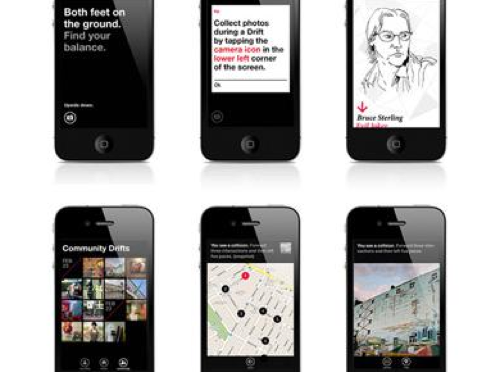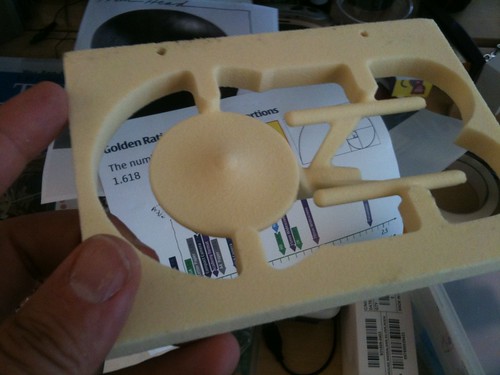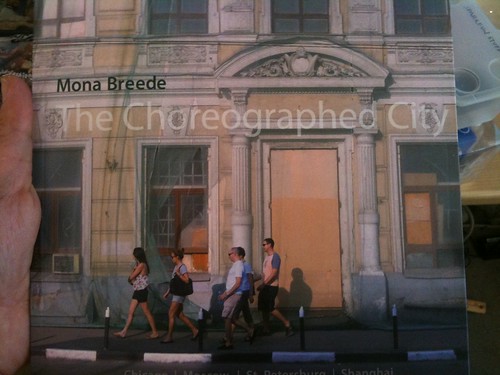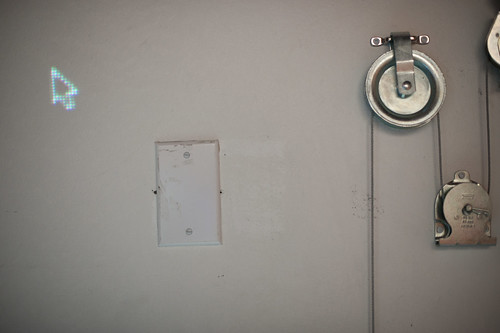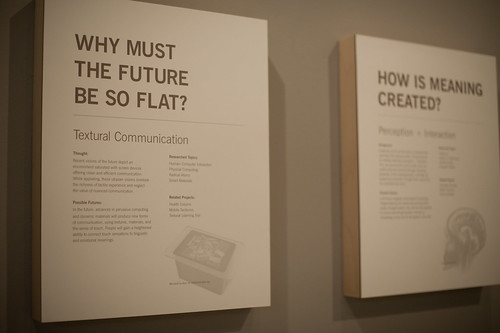Here in Los Angeles it’s mostly been programming and book editing and talking to humans. Geoff Manaugh and Nicola Twilley stopped by to do an interview for their curious cross-country mobile blog/interview platform/landscape exploration vehicle called Venue. That was good fun to discuss the various ways landscape, urban space, data-based representations of places, things and flows of humans has informed and influenced the work we do here. Curiously — that seemed to be the topic of the weekend in one way or another. By that I mean that Sunday evening Zoe Ryan and Karen Kice to talk about the same set of topics for a forthcoming exhibition that the Art Institute of Chicago will do. It was a good opportunity for myself — to refresh my memory about a number of projects that sometimes I forget about, like Drift Deck and PDPal. So fun conversation time last week.
The programming has been good and fun as well. It’s quite nice to get back into that and maintain that skill as well as check off the to-do list a number of ideas and projects that have been lingering. I’m currently working on a little social browser/viewer that inverts the way I “catch-up” with my Friends — other than the “friends” that I find online or who ask me to be their friends but, really? I have little idea as to who they are and often quite a small/nil stake in what they’ve been doing or what they’ve taken a photo of. So, in the app I basically go through the social services for these true-blue Friends and show their latest photos, tweets, etc., so that I don’t have to trawl for them amongst the kruft of illegible feeds and all that crap. I go to people first rather than social services.
And then Rachel Hinman’s new book “Mobile Frontier” showed up with a little interview she did with me. So..that was fun.
Additionally, there’s been more planning and phone calls for this Design Fiction workshop we’ll be doing in Detroit this fall. More about that when I’m not rushing off.
Otherwise..looking forward to the summer with Nicolas here quite nearby in Venice Beach.
